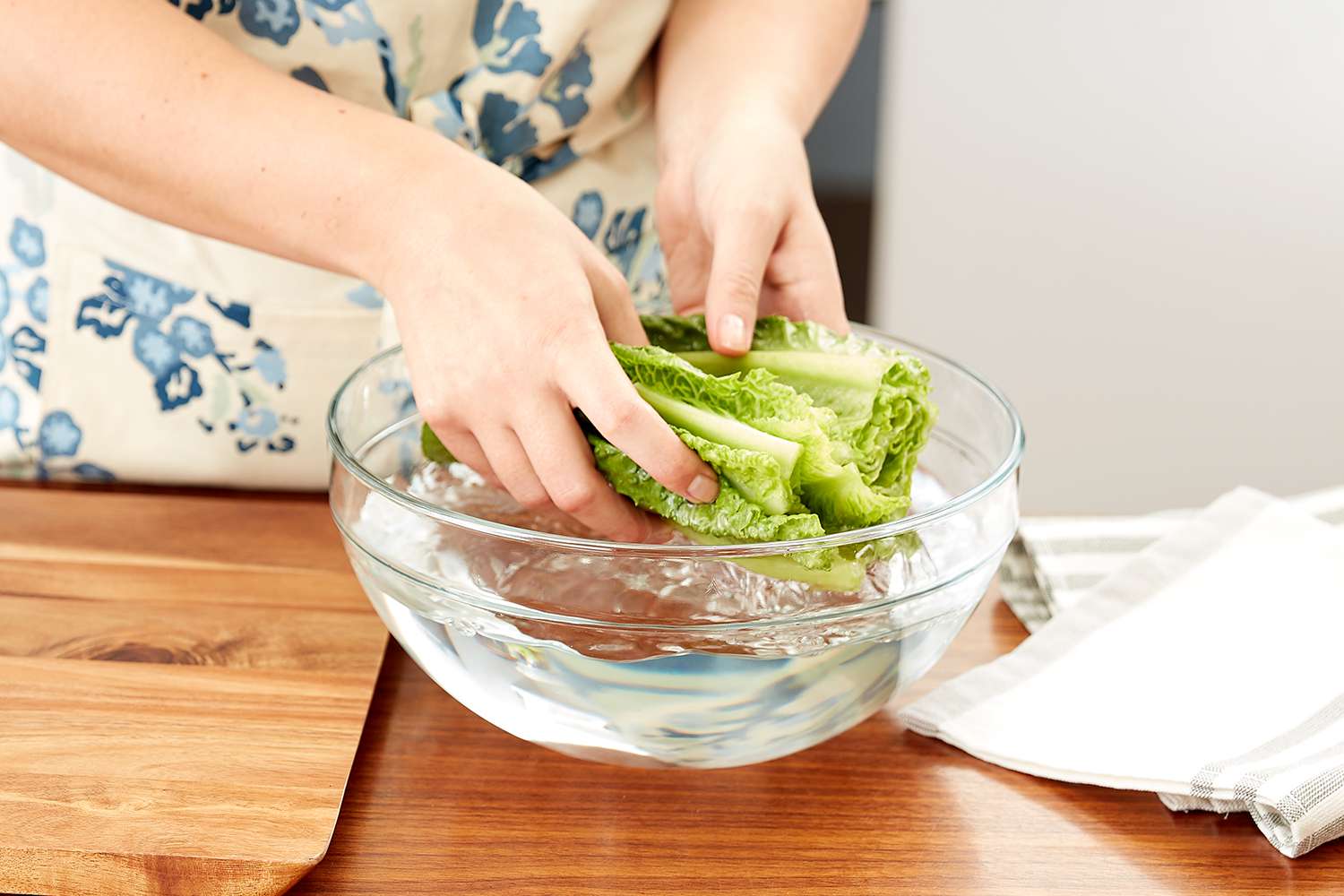

Articles
How To Store Fresh Lettuce
Modified: October 19, 2024
Learn how to store fresh lettuce properly to keep it crisp and flavorful for longer. Read our informative articles for expert tips and tricks.
(Many of the links in this article redirect to a specific reviewed product. Your purchase of these products through affiliate links helps to generate commission for Storables.com, at no extra cost. Learn more)
Introduction
When it comes to storing fresh lettuce, proper techniques are crucial to help maintain its crispness and prevent wilting. Lettuce is a staple ingredient in salads, sandwiches, and other culinary creations, but its delicate nature requires careful handling and storage. By implementing a few best practices, you can ensure that your lettuce stays fresh and appetizing for as long as possible.
In this article, we will explore the importance of storing fresh lettuce correctly and share some valuable tips to help you keep your lettuce at its best. Whether you grow your own lettuce or purchase it from a store, these storage techniques will help maximize its shelf life and flavor.
Key Takeaways:
- Properly storing fresh lettuce is crucial for maintaining its crispness, flavor, and nutritional value. By following best practices such as cleaning, wrapping, and refrigerating, you can extend the shelf life of lettuce and reduce food waste.
- Preventing moisture buildup and minimizing exposure to ethylene gas are essential for preserving the freshness of stored lettuce. By implementing these techniques, you can enjoy crisp and flavorful lettuce in your culinary creations for an extended period.
Read more: How To Store Fresh Picked Lettuce
Why Proper Storage is Important
Proper storage of fresh lettuce is essential for several reasons. Firstly, it helps to preserve the crisp texture and vibrant color of the leaves. Lettuce that is improperly stored can quickly become wilted, limp, and unappetizing.
Furthermore, storing lettuce correctly can help prevent the growth of bacteria, which can lead to foodborne illnesses. Lettuce is a perishable item and can easily harbor harmful bacteria if not stored in the proper conditions.
Proper storage also helps to reduce food waste. When lettuce is stored correctly, it maintains its freshness for a longer period of time, minimizing the need to throw away wilted or spoiled leaves.
In addition, storing fresh lettuce properly allows you to have a consistent supply of this nutritious leafy green. Whether you enjoy a crisp salad as a regular part of your diet or use lettuce as a base for a variety of dishes, having fresh lettuce readily available means you can enjoy its nutritional benefits without having to make frequent trips to the grocery store.
Lastly, proper storage of fresh lettuce can save you money. Lettuce that is stored in the right conditions lasts longer, reducing the need to purchase it frequently. By extending the shelf life of your lettuce, you can make the most of your grocery budget.
Best Practices for Storing Fresh Lettuce
To ensure that your fresh lettuce stays crisp and flavorful, follow these best practices for storage:
- Cleaning and drying the lettuce: Start by thoroughly rinsing the lettuce leaves under cold running water. Gently pat them dry using a clean kitchen towel or a salad spinner. Removing excess moisture helps prevent the growth of bacteria and other microorganisms.
- Choosing the right storage container: Opt for a container that allows for proper airflow. Avoid using airtight containers, as they can trap moisture and cause the lettuce to wilt. Instead, use a perforated plastic bag or a lettuce crisper drawer, if available.
- Wrapping the lettuce: After drying the lettuce, loosely wrap the leaves in a paper towel or place them in a clean, dry kitchen towel. This helps absorb any remaining moisture and keeps the leaves separated, reducing the risk of bruising and rot.
- Storing in the refrigerator: Place the wrapped lettuce in the refrigerator’s vegetable compartment or crisper drawer. The temperature should be set between 32 to 36 degrees Fahrenheit (0 to 2 degrees Celsius) for optimal freshness. Avoid storing lettuce near fruits or vegetables that produce ethylene gas, as it can speed up the wilting process.
- Preventing moisture buildup: Check the lettuce periodically for any signs of moisture buildup. If condensation forms inside the storage container or on the paper towel, replace it with a fresh, dry one to prevent the lettuce from becoming soggy.
- Avoiding exposure to ethylene: Ethylene gas, which is naturally produced by certain fruits and vegetables, can accelerate the deterioration of lettuce. Keep lettuce away from ethylene-producing items such as apples, avocados, and tomatoes.
By following these best practices, you can extend the shelf life of your fresh lettuce and enjoy its crispness and flavor for an extended period.
Cleaning and Drying the Lettuce
Before storing fresh lettuce, it is important to clean and dry the leaves properly. This step helps remove any dirt, debris, or bacteria that may be present.
Start by filling a clean sink or a large bowl with cold water. Submerge the lettuce leaves in the water and gently swirl them around to loosen any dirt or impurities. You can also separate the leaves and rinse them individually under cold running water.
Once the lettuce has been rinsed, gently shake off any excess water. For optimal results, use a salad spinner or pat the leaves dry with a clean kitchen towel. Removing excess moisture is essential to prevent the growth of bacteria and maintain the crispness of the lettuce.
Remember to handle the lettuce leaves with care to avoid bruising or damaging them. Rather than twisting or squeezing the leaves, use a gentle touch when rinsing and drying to preserve their delicate structure.
After the lettuce is cleaned and dried, it is ready to be stored. However, if you are not planning to use the entire head of lettuce, you can separate the leaves and store them individually. This allows for easier retrieval and reduces the risk of cross-contamination between the leaves.
By starting with clean and dry lettuce leaves, you can ensure that your stored lettuce remains fresh and free from contaminants for an extended period of time.
Choosing the Right Storage Container
The choice of storage container for your fresh lettuce plays a crucial role in maintaining its crispness and preventing premature wilting. When selecting a container, there are a few factors to consider:
Airflow: Lettuce requires proper airflow to stay fresh. Avoid using airtight containers, as they can trap moisture and lead to the development of mold or bacteria. Instead, opt for containers that allow for some air circulation, such as perforated plastic bags or lettuce crisper drawers.
Size: Choose a container that is large enough to accommodate the size of the lettuce leaves. Crowding the lettuce in a small container can cause it to bruise, wilt, and spoil more quickly.
Cleanliness: Ensure that the storage container is clean and free from any residue or odors. Any lingering contaminants can transfer to the lettuce and affect its freshness.
If you are using a plastic bag for storage, make sure it is food-grade and free from any harmful chemicals. Alternatively, you can use reusable produce bags made from breathable materials like mesh or cloth.
If your refrigerator has a dedicated lettuce crisper drawer, take advantage of it. These drawers are specifically designed to provide the ideal storage environment for lettuce, with adjustable humidity levels and proper ventilation.
Remember to keep the storage container or drawer clean and dry to maintain a hygienic environment for the lettuce. Regularly inspect the container for any signs of moisture buildup or mold, and clean it thoroughly if necessary.
By selecting the right storage container, you can create an optimal environment for your fresh lettuce, promoting its longevity and preserving its crispness.
To store fresh lettuce, wash and dry the leaves thoroughly, then wrap them in a paper towel and place in a resealable plastic bag. Squeeze out excess air and store in the crisper drawer of the refrigerator. This will help keep the lettuce fresh and crisp for longer.
Read more: How To Store Lettuce To Keep It Fresh
Wrapping the Lettuce
After cleaning and drying the lettuce, the next step in storing it properly is to wrap it. Wrapping the lettuce helps to maintain its freshness and prevent damage to the leaves.
Here are some tips for wrapping your lettuce:
Loose wrapping: Instead of tightly wrapping the lettuce, opt for a loose wrapping. This allows for some airflow, preventing moisture buildup and potential rotting. Use a paper towel or a clean, dry kitchen towel to wrap the lettuce loosely.
Paper towel: Place the lettuce leaves on a paper towel and carefully fold it over to cover the leaves. The paper towel helps absorb excess moisture and prevents the leaves from sticking together.
Kitchen towel: Alternatively, you can use a clean, dry kitchen towel to wrap the lettuce. Lay the lettuce leaves on the towel and fold it gently over them. The kitchen towel provides a protective layer and helps maintain the crispness of the leaves.
Separating the leaves: If you are storing individual lettuce leaves, you can separate them before wrapping. This prevents them from getting compacted and bruised, preserving their texture and quality.
Avoid plastic wrap: While plastic wrap may seem like a convenient choice for wrapping lettuce, it can create a humid environment that leads to wilting and decay. Opt for breathable wrapping materials like paper towels or kitchen towels instead.
Remember to check the wrapping periodically for any signs of moisture buildup or spoilage. If the wrapping becomes damp or discolored, replace it with a fresh one to keep the lettuce fresh for longer.
By properly wrapping the lettuce, you can protect it from damage, maintain its texture, and extend its shelf life in the refrigerator.
Storing in the Refrigerator
Once you have cleaned, dried, and wrapped your lettuce, it’s time to store it in the refrigerator. The refrigerator provides a cool and stable environment that helps retain the freshness of the lettuce.
Follow these guidelines for storing lettuce in the refrigerator:
Location: Place the wrapped lettuce in the vegetable compartment or crisper drawer of your refrigerator. These compartments are specifically designed to provide optimal humidity levels and temperature for storing fresh produce.
Temperature: The ideal temperature range for storing lettuce is between 32 to 36 degrees Fahrenheit (0 to 2 degrees Celsius). Ensure that your refrigerator is set to this recommended temperature range to maintain the crispness of the lettuce leaves.
Avoid overcrowding: Do not overcrowd the lettuce in the refrigerator. Leave some space around the wrapped lettuce to allow for proper air circulation. Crowding can cause the leaves to bruise and accelerate spoilage.
Proper stacking: If you have multiple heads of lettuce, stack them gently on top of one another, using a separate layer of paper towel or kitchen towel between each head. This helps prevent crushing or bruising of the delicate leaves.
Consistent temperature: Avoid placing the lettuce near the refrigerator’s cooling vents or in areas that are susceptible to temperature fluctuations. Consistency in temperature helps maintain the crispness and texture of the lettuce.
Regularly check the lettuce for any signs of spoilage, such as discoloration, sliminess, or foul odors. Remove any wilted or damaged leaves promptly to prevent them from affecting the quality of the remaining lettuce.
By storing your lettuce in the refrigerator under proper conditions, you can extend its shelf life and ensure that it remains fresh and crisp for your culinary creations.
Preventing Moisture Buildup
Moisture buildup can be detrimental to the freshness and quality of stored lettuce. Excess moisture can lead to wilting, sliminess, and the growth of bacteria and mold. To prevent moisture buildup, follow these tips:
Replace damp wrapping: Regularly check the wrapping around the lettuce for any signs of dampness or condensation. If you notice moisture buildup, replace the paper towel or kitchen towel with a fresh and dry one. This helps to absorb excess moisture and maintain the crispness of the lettuce.
Avoid washing before storage: While it is important to wash lettuce before consumption, washing it right before storage can introduce excess moisture. Instead, wash and dry the lettuce thoroughly beforehand and then wrap it for storage.
Proper drying: Ensure that the lettuce leaves are completely dry before wrapping and storing them. Excess water on the leaves can contribute to moisture buildup. Use a salad spinner or gently pat the leaves dry with a clean kitchen towel to remove any remaining moisture.
Check for container condensation: Regularly inspect the storage container or lettuce crisper drawer for any signs of condensation. Condensation can promote the growth of bacteria and cause the lettuce to become soggy. If condensation forms, wipe it away and dry the container before returning the lettuce.
Leave room for airflow: Avoid tightly packing the lettuce or overcrowding it in the storage container. Leave some space for air to circulate around the leaves, which helps to prevent moisture buildup. Proper airflow allows the lettuce to maintain its crispness and extends its shelf life.
By taking steps to prevent moisture buildup, you can ensure that your stored lettuce stays fresh, crisp, and free from any bacterial growth or mold.
Avoiding Exposure to Ethylene
Exposure to ethylene gas can accelerate the deterioration of lettuce, leading to faster wilting and a shorter shelf life. Ethylene is a natural plant hormone that is commonly produced by some fruits and vegetables as they ripen. To prolong the freshness of your lettuce, it is important to avoid exposure to ethylene gas.
Here are some ways to minimize ethylene exposure:
Separate ethylene-producing items: Keep lettuce away from fruits and vegetables that produce high levels of ethylene, such as apples, avocados, bananas, and tomatoes. Ethylene-releasing items should be stored separately to prevent them from speeding up the wilting process of the lettuce.
Store in sealed containers: If possible, store your lettuce in sealed containers to provide a barrier from ethylene-producing items in the refrigerator. This can help reduce the exposure to ethylene gas and extend the freshness of the lettuce.
Regularly clean and maintain the refrigerator: Clean your refrigerator regularly to prevent the buildup of ethylene gas. Wipe down the interior with a mild cleaner and remove any spoiled fruits or vegetables that may emit excess ethylene. By keeping your refrigerator clean, you can minimize the overall ethylene levels and protect your lettuce.
Monitor ripening produce: Keep an eye on fruits and vegetables that are prone to rapid ripening. Check for any signs of overripeness or decay, and remove them from the vicinity of the lettuce. This helps prevent the release of excess ethylene gas that can harm the lettuce’s freshness.
By taking these precautions to minimize exposure to ethylene gas, you can prolong the shelf life of your lettuce and ensure that it stays crisp and flavorful for longer periods.
Read more: How To Store Fresh Romaine Lettuce
Conclusion
Proper storage of fresh lettuce is essential to maintaining its crispness, flavor, and nutritional value. By following the best practices outlined in this article, you can extend the shelf life of your lettuce and ensure that it stays fresh and appetizing for as long as possible.
First, focus on cleaning and drying the lettuce thoroughly before wrapping it. Removing excess moisture helps prevent bacterial growth and maintains the crisp texture of the leaves. Choose the right storage container that allows for proper airflow, such as perforated plastic bags or lettuce crisper drawers.
When wrapping the lettuce, use a loose wrap with materials like paper towels or kitchen towels. This helps absorb moisture and keeps the leaves separated to prevent bruising or rotting. Store the wrapped lettuce in the refrigerator’s vegetable compartment or crisper drawer, ensuring the temperature is set within the ideal range of 32 to 36 degrees Fahrenheit (0 to 2 degrees Celsius).
Preventing moisture buildup is crucial to preserving the freshness of the lettuce. Replace damp wrapping, avoid washing the lettuce right before storage, and check for and remove any condensation in the storage container or drawer. Leaving room for airflow and avoiding overcrowding also helps prevent moisture accumulation.
Lastly, avoid exposing lettuce to ethylene gas, which can accelerate wilting. Keep lettuce separate from ethylene-producing fruits and vegetables, use sealed containers if possible, and regularly clean and maintain your refrigerator to reduce overall ethylene levels.
By implementing these storage tips and techniques, you can enjoy fresh, crisp lettuce in your salads, sandwiches, and other culinary creations for a longer period. Not only will proper storage reduce food waste and save you money, but it will also ensure that you are consuming the highest quality and most nutritious lettuce possible.
So, next time you bring home a head of lettuce, remember to follow these best practices to store it correctly and enjoy its freshness for days to come.
Frequently Asked Questions about How To Store Fresh Lettuce
Was this page helpful?
At Storables.com, we guarantee accurate and reliable information. Our content, validated by Expert Board Contributors, is crafted following stringent Editorial Policies. We're committed to providing you with well-researched, expert-backed insights for all your informational needs.
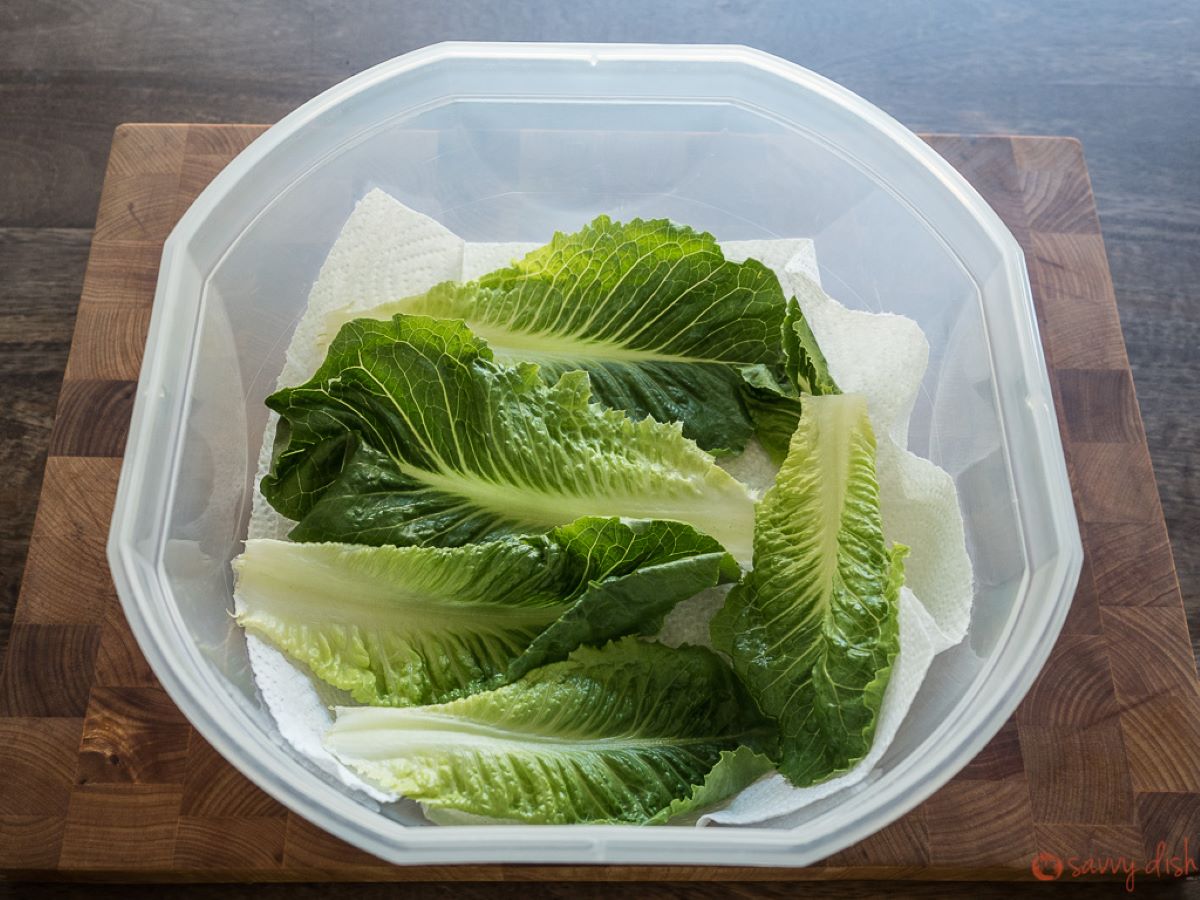
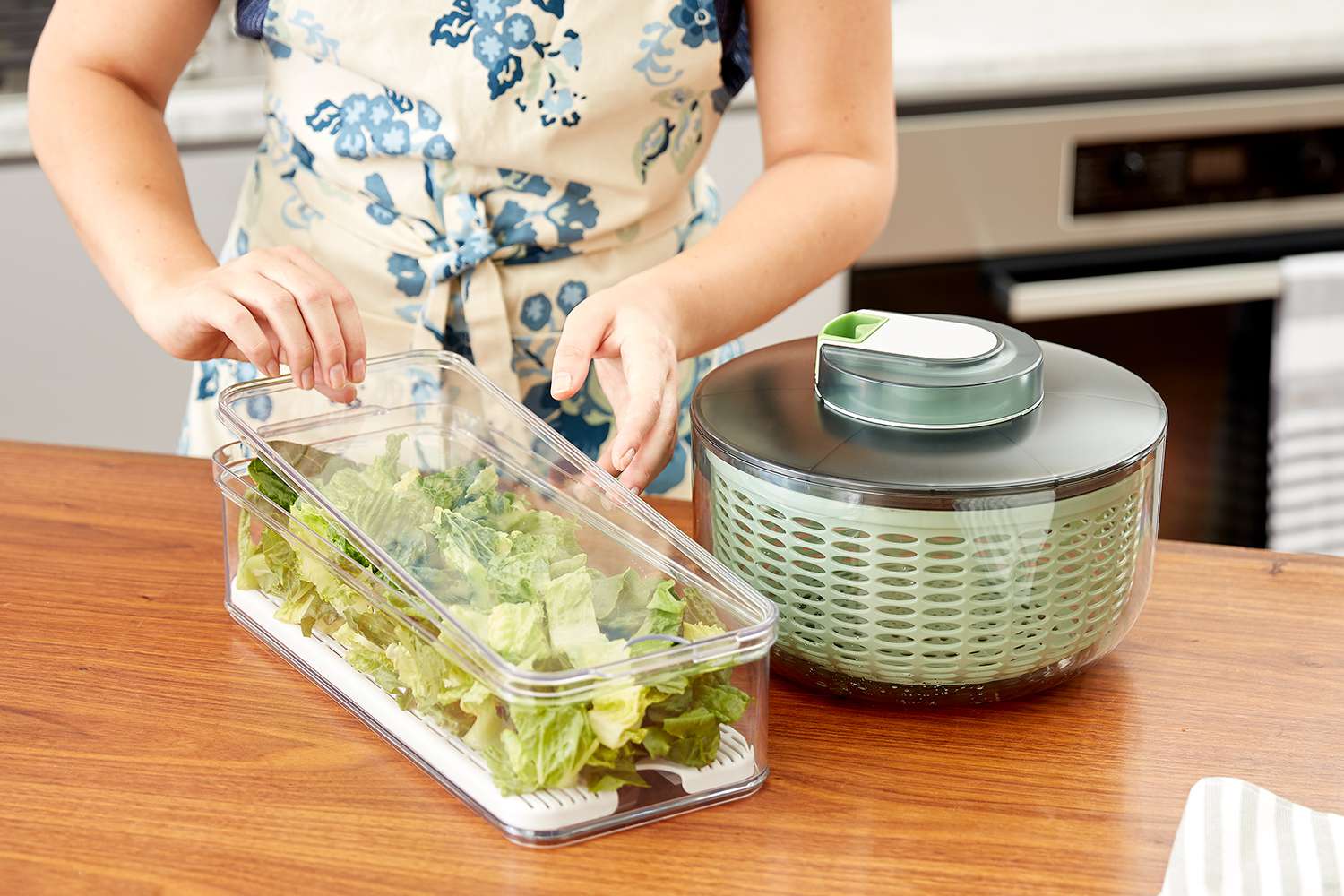
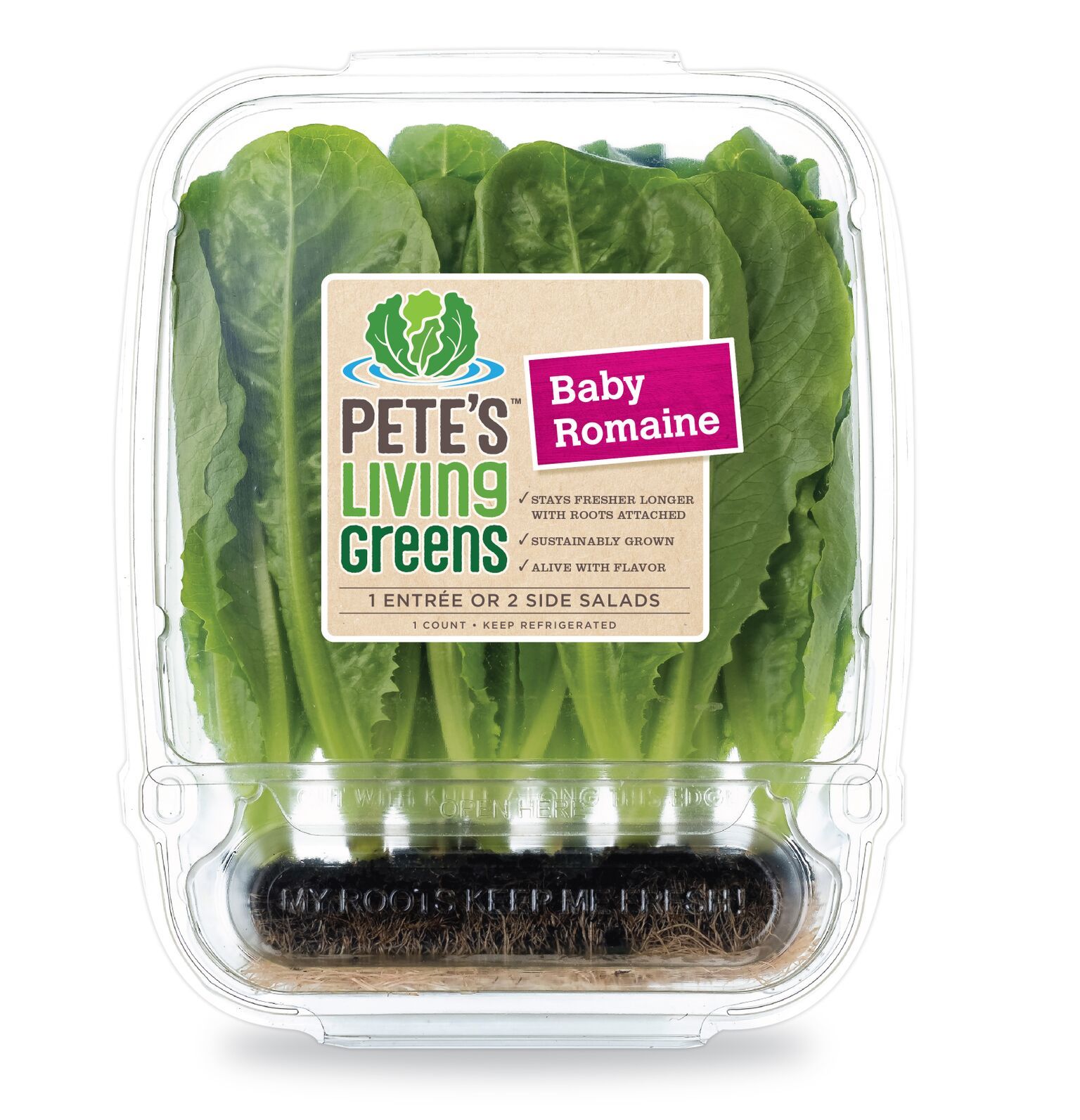
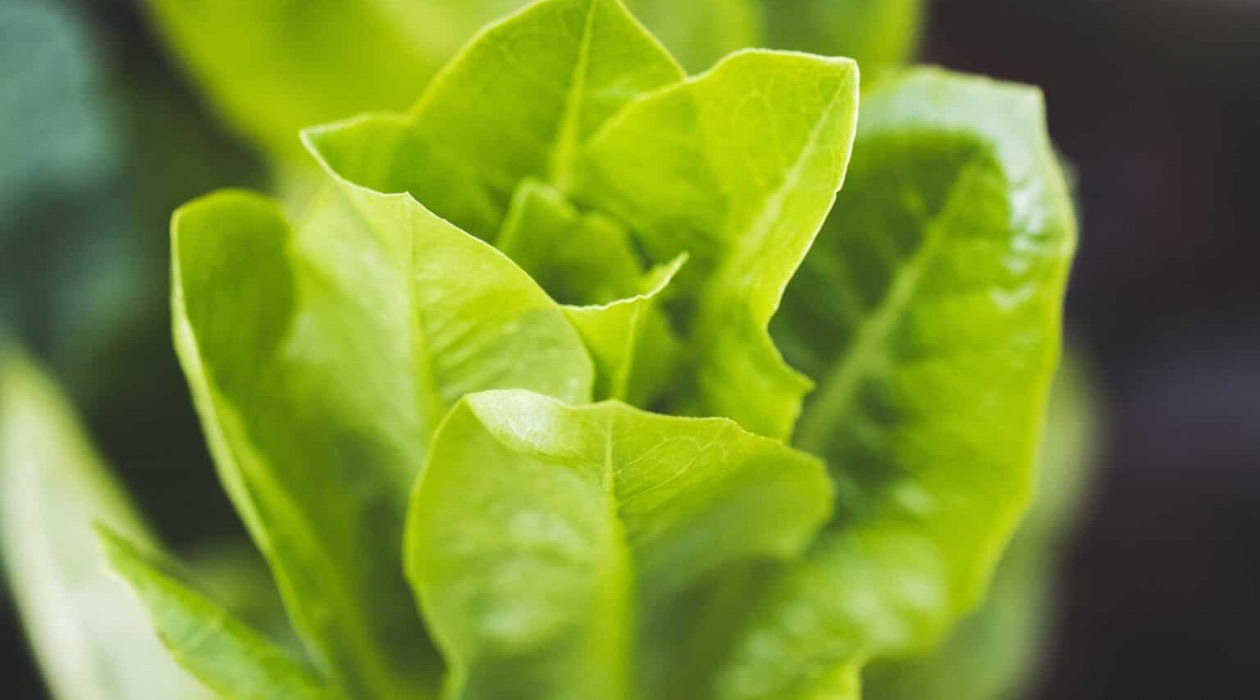
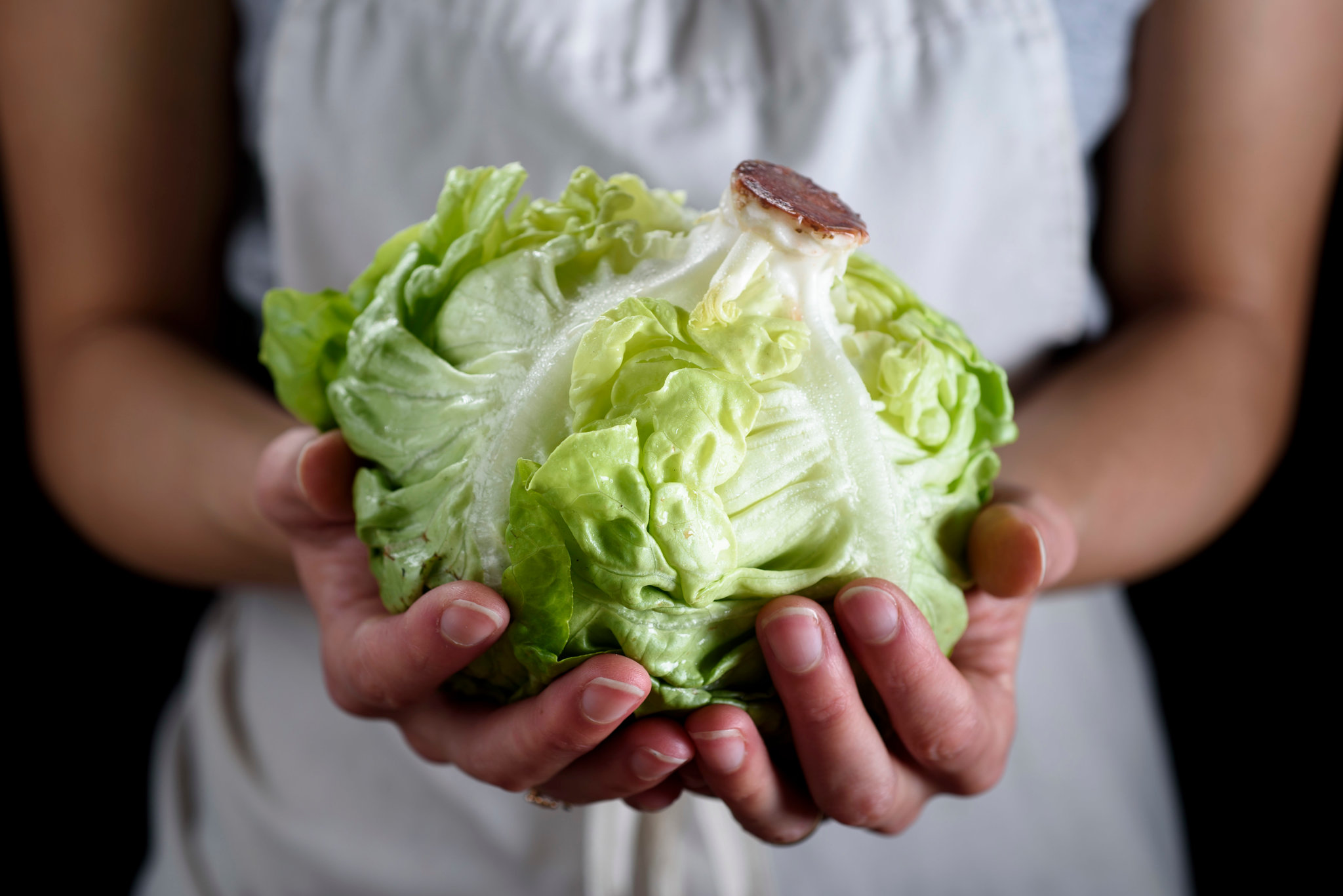
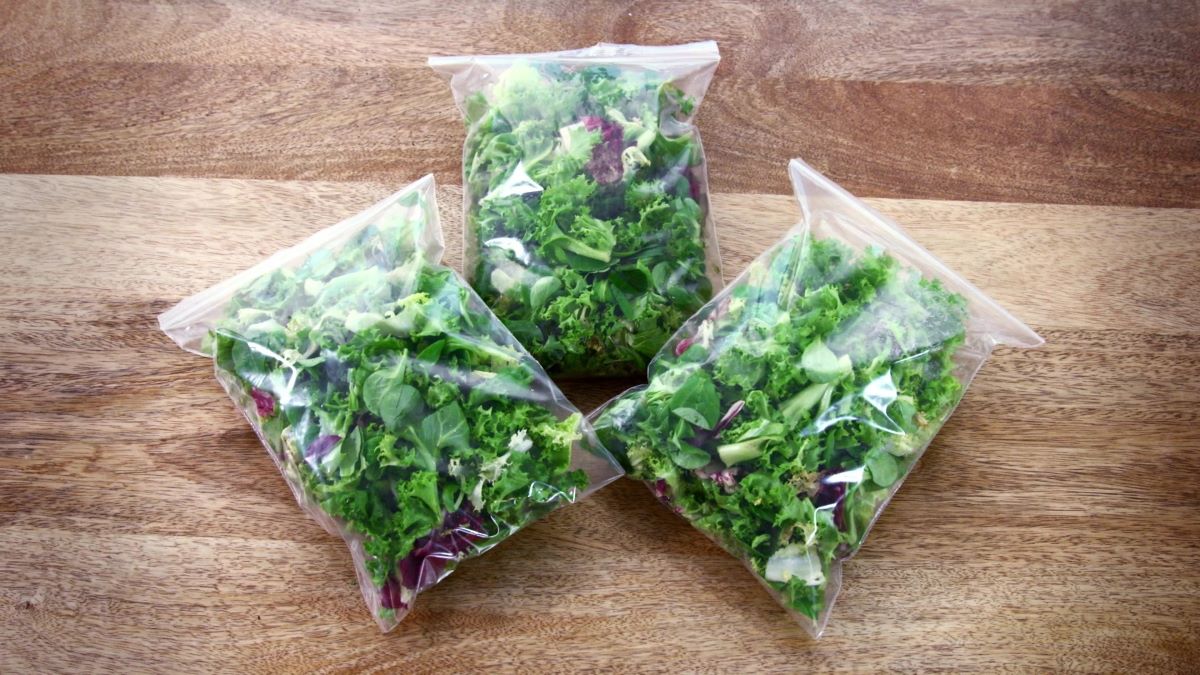
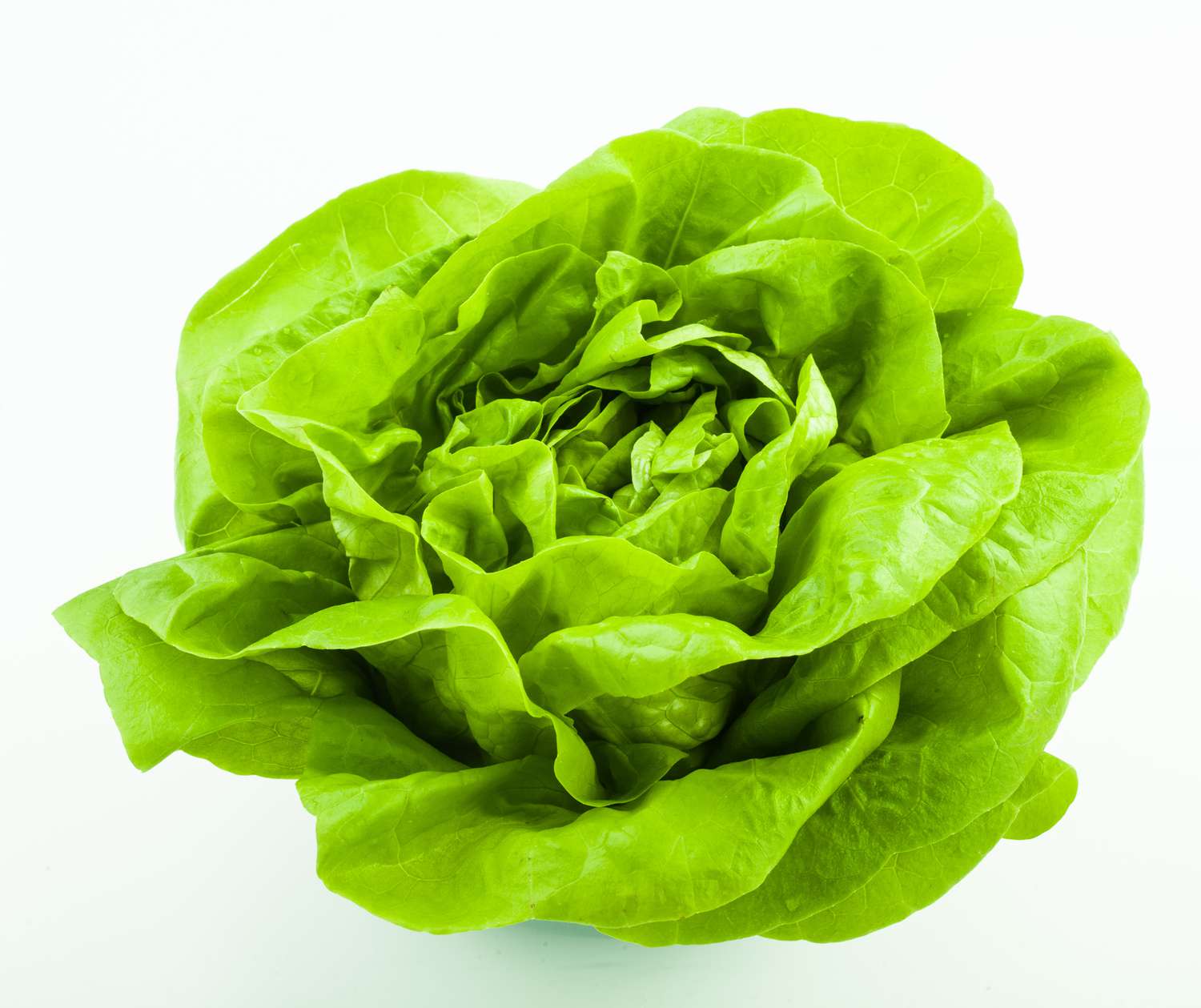
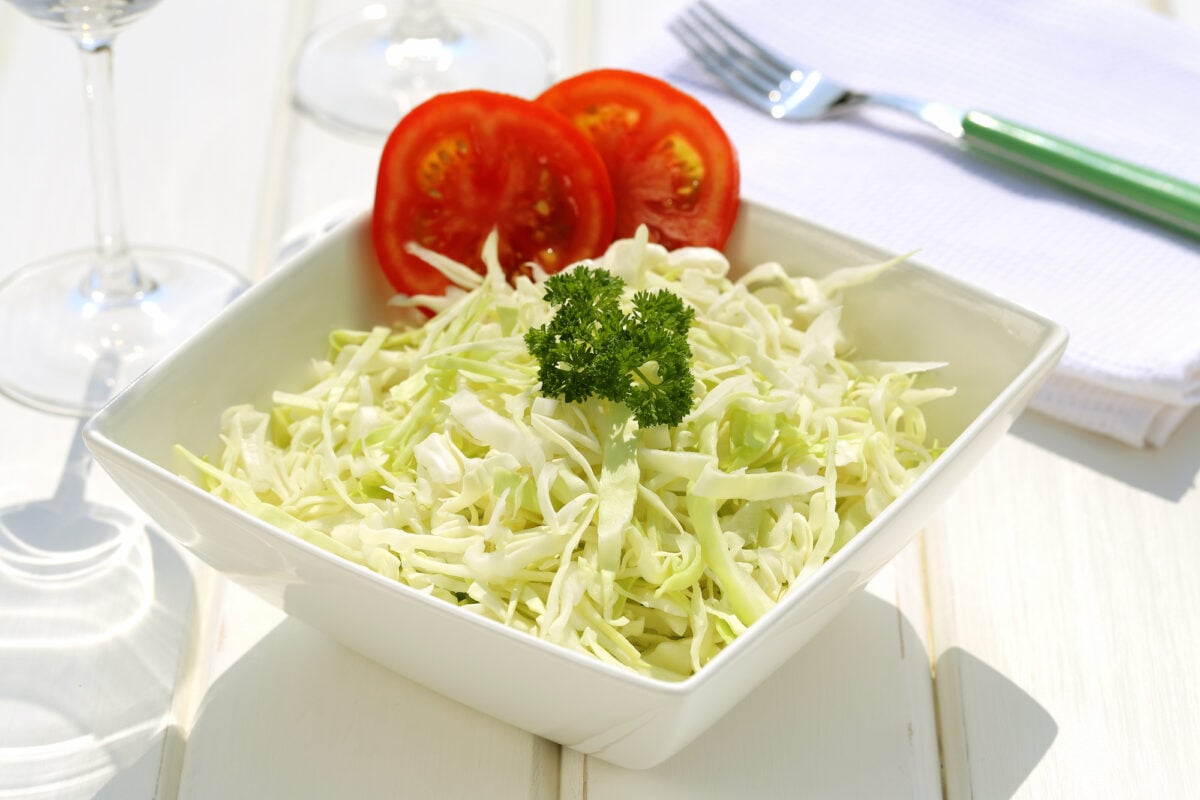
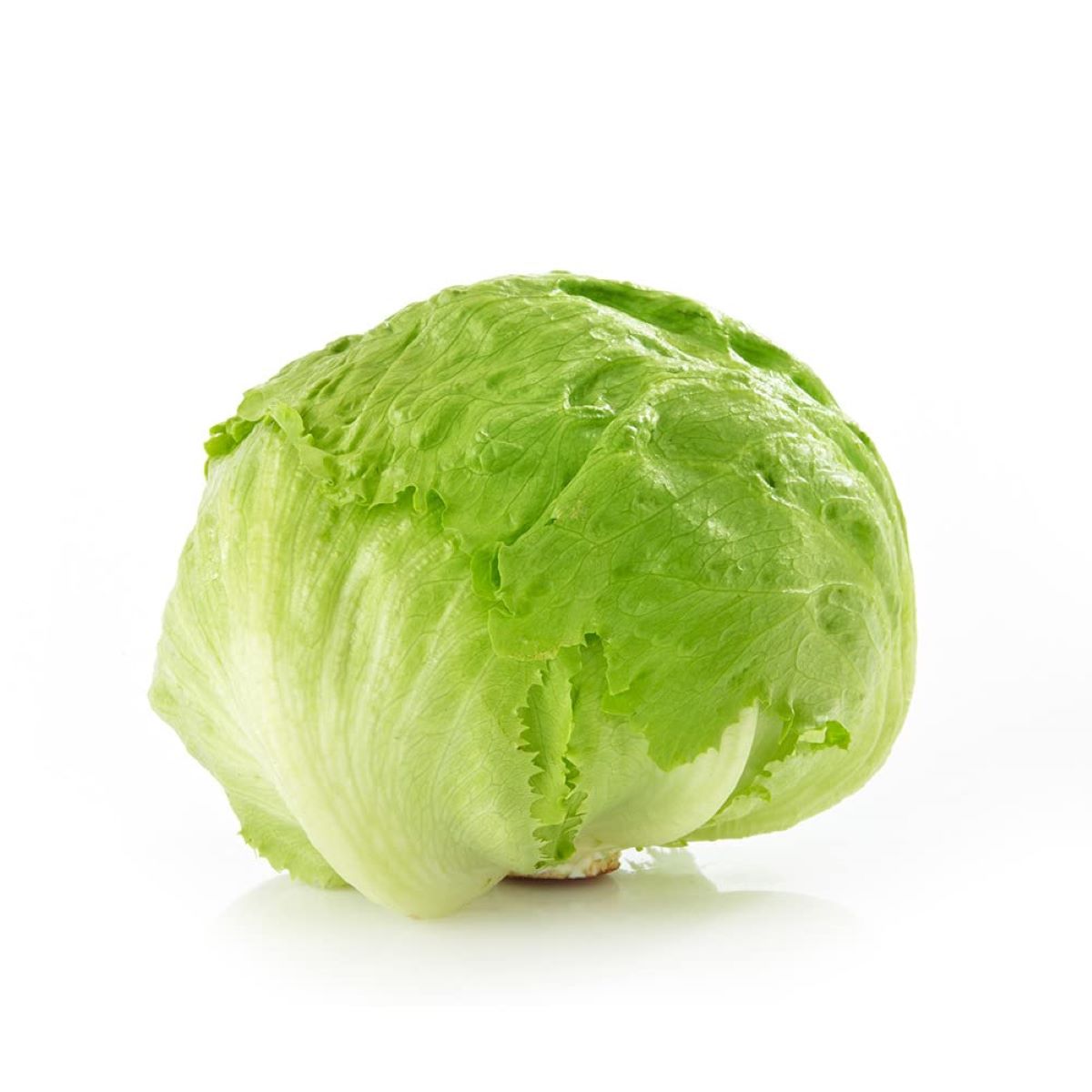
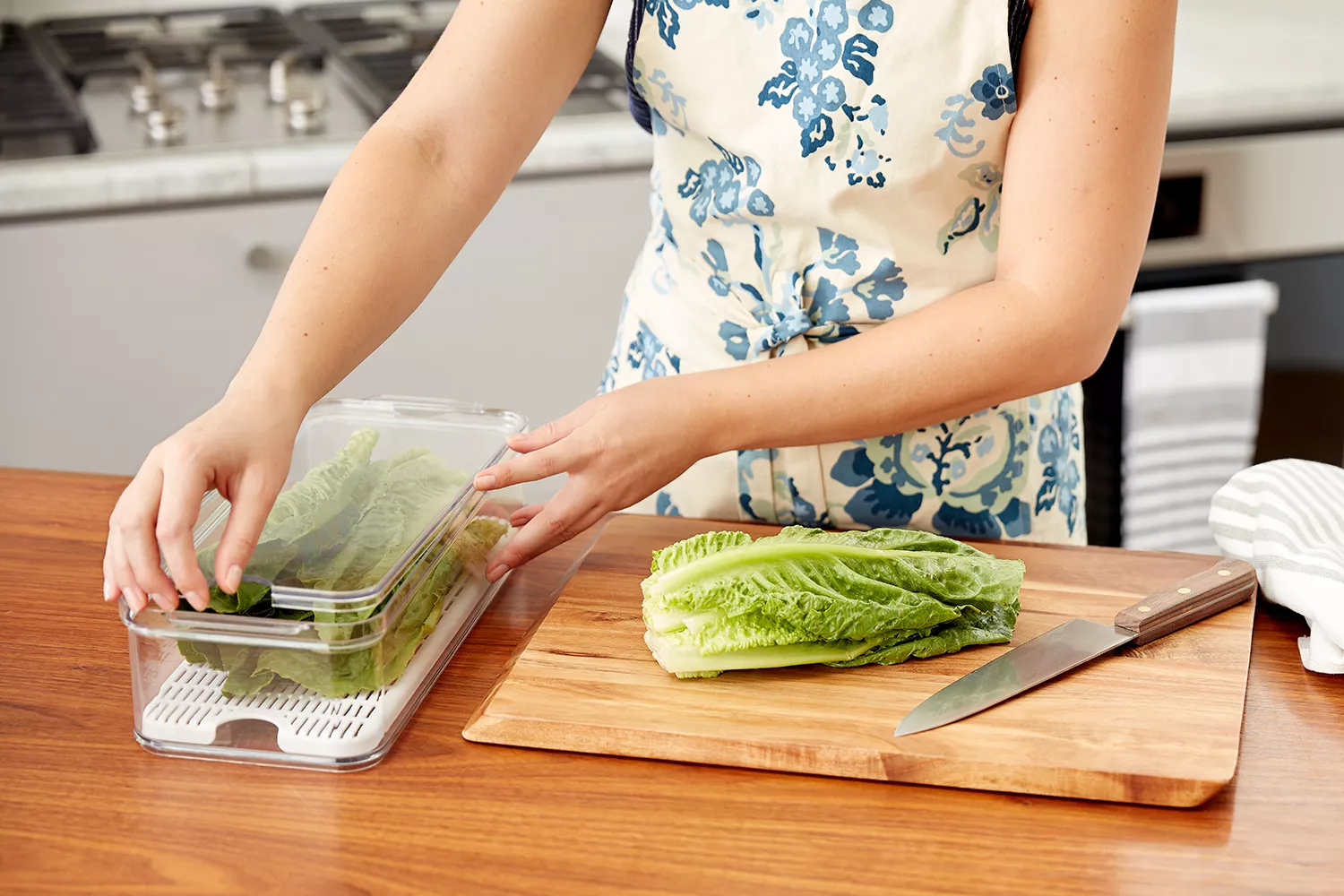
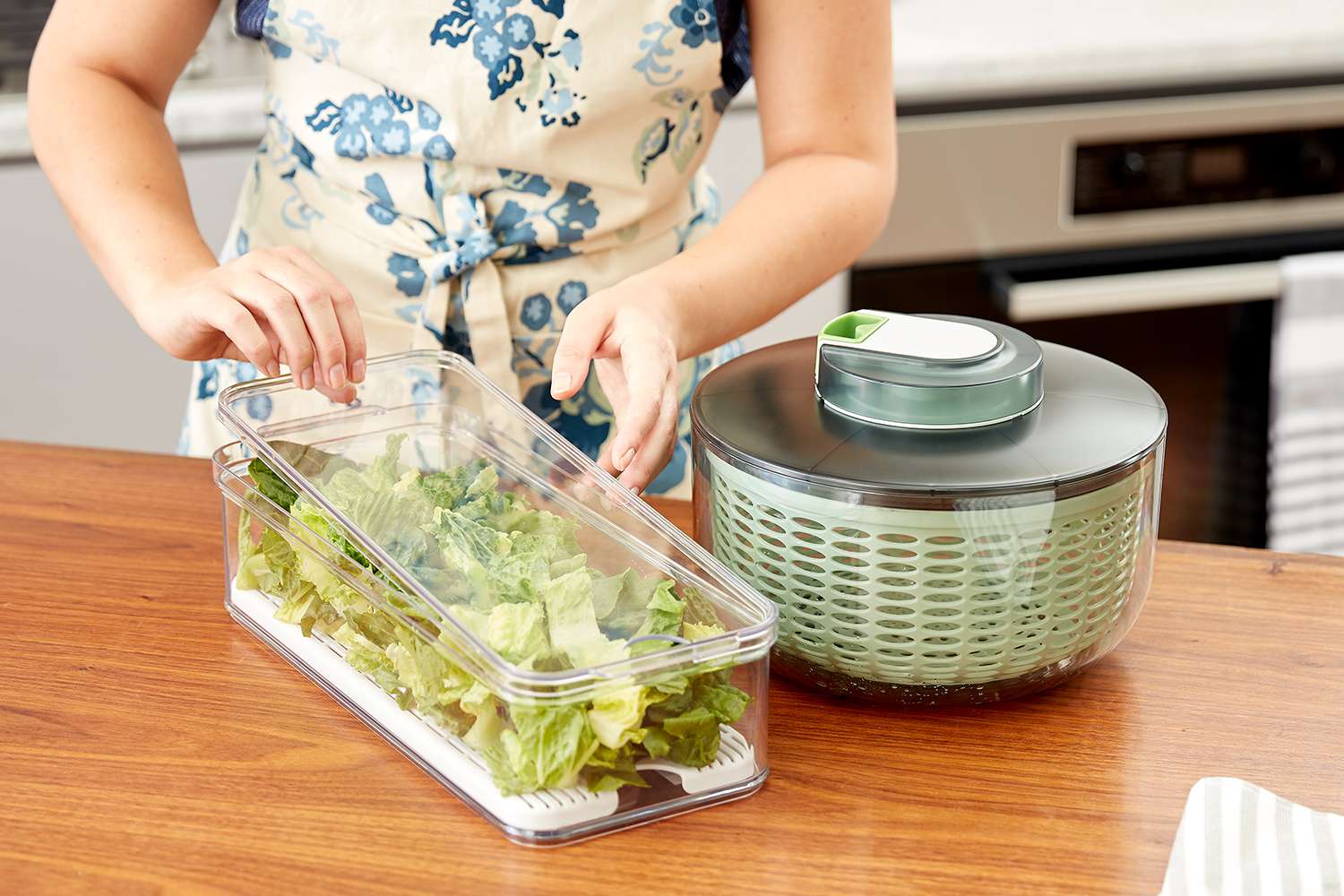
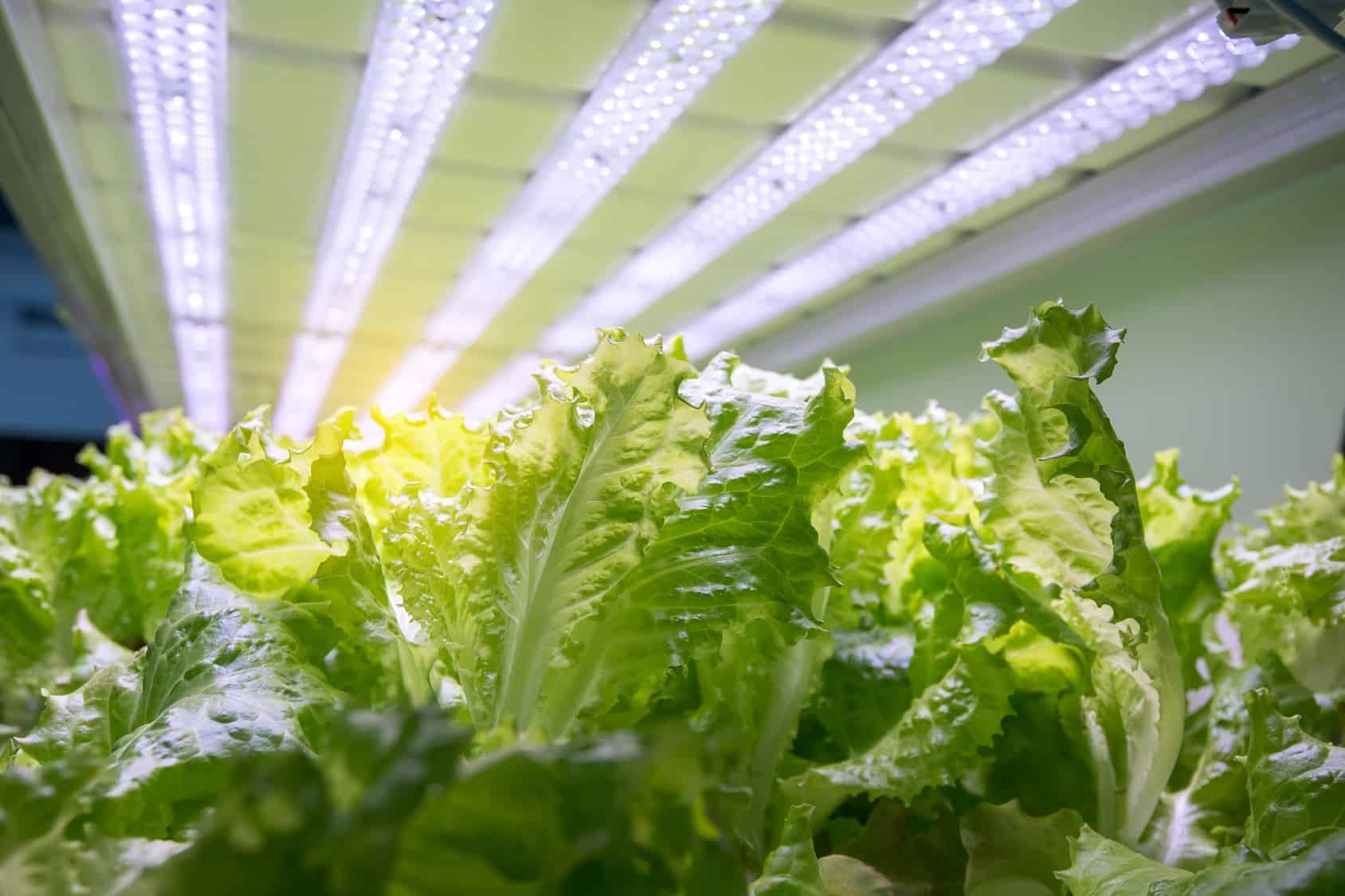
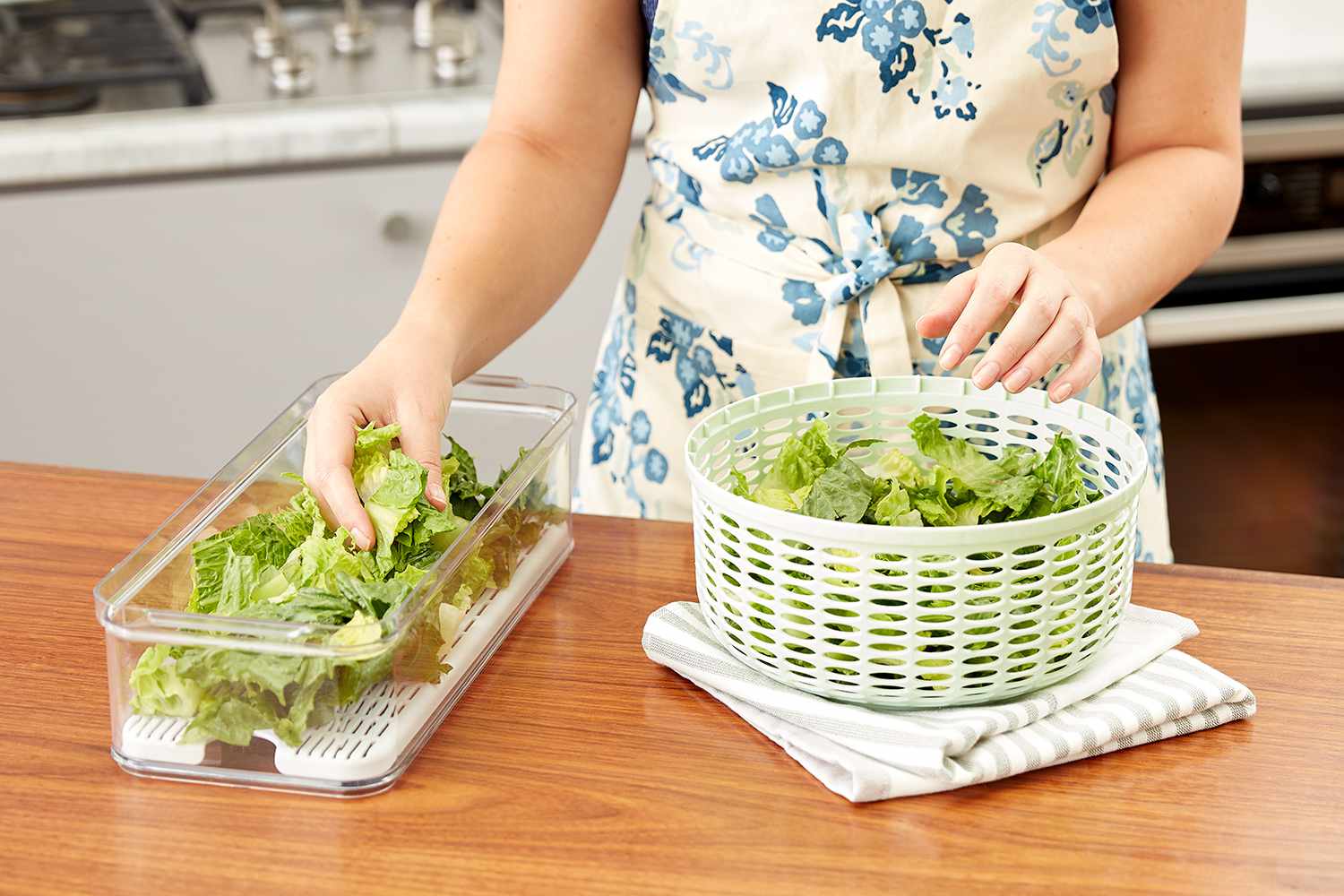

0 thoughts on “How To Store Fresh Lettuce”